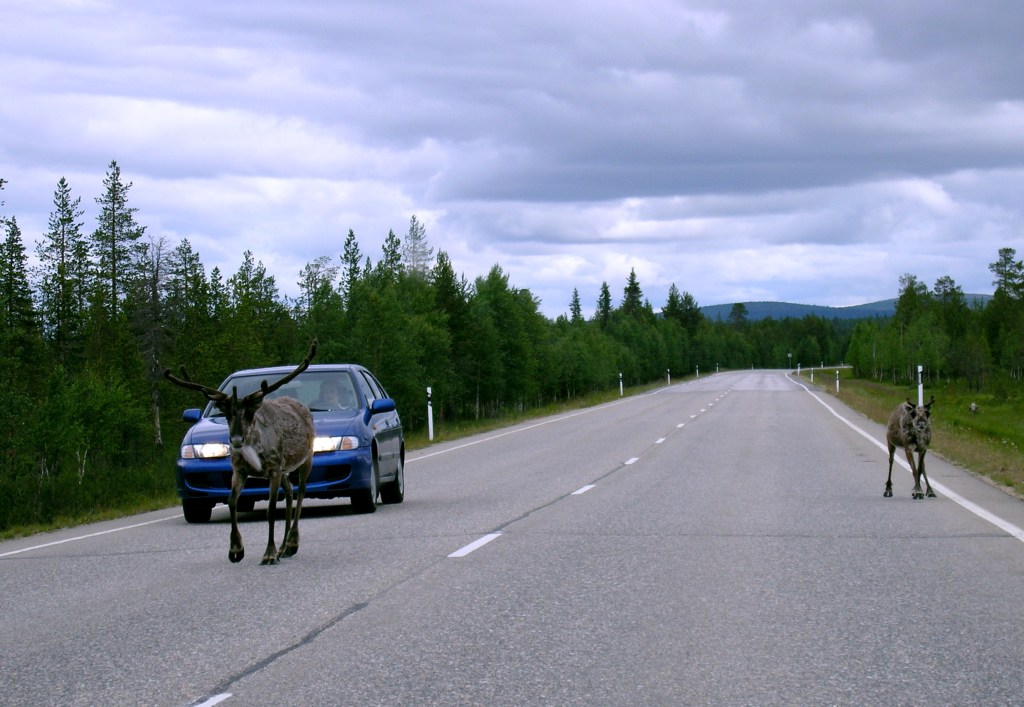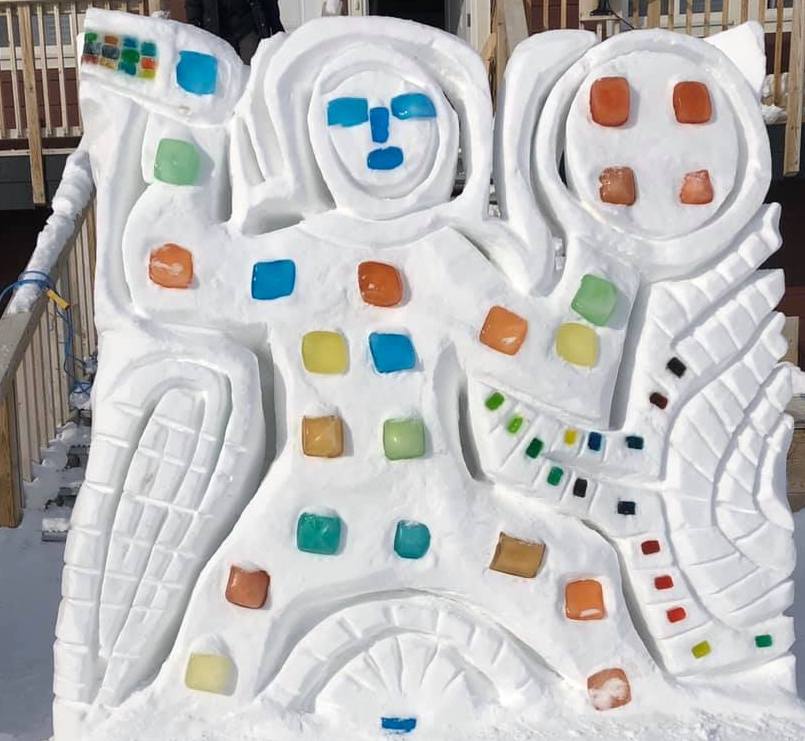There’s something about COVID-19, with its imposed lockdowns and social distancing—and advice not to travel anywhere—which makes me, as I sit in a two-week isolation, think of the trips I have taken: the good and the not-so-good.
I’ve gone almost nowhere recently. One year I remember taking 44 flights (I counted them) and since this past March I have taken none.
But, first, I want to get the worst trip (or one of the worst) out of the way here: it was a train trip that started in Finland taken when I was still in my teens.

I learned I could travel all the way from Helsinki to Vienna through Russia, with a two-day included stopover in Moscow, for $50.
I wanted to go on holiday after having worked all summer in the Marimekko clothing store in Helsinki. It was a hot summer and we sweltered between the racks of brightly-coloured dresses in the store, whose windows didn’t even open. On those steamy weekends, I would either spread myself out on the rocks by the seashore within the city or take a four-hour bus ride to the summer cottage of the friend I was staying with. It was located a small island called Nagu or Nauvo in Finnish near Turku. For a couple of days there we lived on a diet of fish and cucumbers and then headed back to the city.
That place was like paradise but the trip through Russia seemed like a good deal to me because 1) I had no money and 2) most visitors were still only allowed into Russia in groups. I’d been to St-Petersburg with a school group a few years before, but this time, I would be an independent tourist. Yes.
From Helsinki to Moscow, I shared a berth with two girls from Tokyo who were on their way to catch the trans-Siberian train. They spoke almost no English. but they shared their food with me and later they would send me postcards which I couldn’t read.

Once in Moscow, I was deposited by a guide at the Metropol Hotel, right around the corner from the Red Square. There was really no problem with the hotel at all: it was elegant and my room was enormous. That was good.
There bathtub was in the corner, I think. No hot water. The sheets were dirty. The toilet was down a cold hallway: a woman, who sat on a chair, guarding perhaps, handed me sheets of newspaper to use as tissue.
She and no one else there spoke English or any other language I spoke at the time. So I don’t recall how I found out that the little tickets I had been given as part of my train trip also included a free bus tour of the city and two breakfasts at the hotel. I made it to the tour bus. But the patter was nearly all in Russian. I had no idea what we were seeing, the university? the Kremlin? And we visited many churches, one decorated with what looked to me like gold.
And soon I was back out on my own, at the hotel, with the rest of the day ahead of me. I walked to Red Square and somehow, because it was obvious I was a foreigner, I was put at the top of the long queue of people waiting to see Lenin’s body.
Recently I came across a journal I kept during that trip. I hadn’t seen it in years. There’s a brief description written in my nice handwriting about the visit to Lenin’s tomb.

We walked by quickly. He was under glass, his hands were folded over this chest and waxy. I noted his hand was clenched, just like mine!

I walked over to St. Basil’s Cathedral. Its decorations were painted on! Strolling around the Red Square were many people dressed in their traditional clothing, one with a huge knife hanging from his belt, I recall (but of course I had no camera.)
I stepped into the large building, the Gum bazaar, then a dark maze of shops. I peered down into the metro. I wanted to go down the long flight of stairs to see where it would lead but all the signs were in Cyrillic letters. How would I get back?
I was only nn observer. My memories are vague, maybe because I was in a bubble, just looking and not understanding.
I watched as people went to a metal dispenser of liquid opposite my hotel that held a glass. They went over and over again. To me, the sign on the dispenser looked like it said “vodka” but it maybe was water. The people used the same glass over and over.
And somehow I managed with the little money I had to buy several buns at a kiosk: some were filled with cabbage and others with a sweet chocolate. That’s all I would eat for the next two or three days when I finally got back on the train.
The good part of the train: the endless hot tea I was served. The bad part: the Russian soldier who attacked me after I had chatted and then shared a cigarette with him (in retrospect a bad move on my part.)
Then, somewhere along the way, the train stopped for a long time. A nurse went from seat to seat with a big needle, vaccinating people or giving them a shot of some sort for cholera: I said “nyet.” She was insistent. I said no: I hadn’t yet learned about the dangers of sharing needles, but I had the feeling that wasn’t good.
I have no memory what I read or how I passed the time other than looking out the window. Every time we passed a village or town there were walls along the tracks, so I couldn’t see much. And finally, the trip, at a time of my life when I had too many hours, little life experience and hardly any money, ended.
My lessons from that trip included watching my back, making sure I had some money and learning the language of where I was.
I also learned to improvise, which would help me in the 1990s when I started to travel in Canada’s North.
But, let’s flash ahead to 2006. That’s when I decided to drive from southeastern Finland to Murmansk in Arctic Russia. (I never made it to Murmansk because I found out I couldn’t go over on a day pass as Norwegians did.)
But while I have no photos from that early Russian journey, COVID-19 has given me time to look over the photos I took in 2006…




And then…
To be continued





